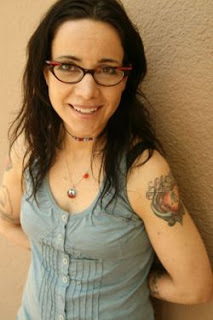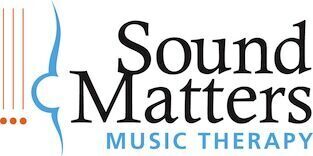I am entirely and decidedly unapologetically a behaviorist. I mean I consider myself a behaviorist on a personal level, not necessarily on a professional level. However, I wonder how personal philosophy doesn’t seep into professional practice as a therapist. But my professional life isn’t what’s concerning me at the moment.
One of my favorite pastimes is to worry, and most of the time to couple that worry with imagining the full extent of the very worst outcome of any given situation. (Ask me for the quote I used to describe myself in my senior yearbook. Hint: The picture of Janeane Garofalo has something to do with it.) I think, if I have done my best to think of the disaster that could be, then nine times out of ten I will be pleasantly surprised when such outcome does not happen.
 |
| Janeane Garofalo, of course |
I have known this about myself for quite some time, and have recently been noticing the behaviors I have when I am especially anxious. I won’t describe the behaviors because, quite frankly, I have seen them listed as diagnostic criteria for a certain number of disorders in one of my favorite reads (p. 462, DSM-IV-TR). What I’m trying to explain is that I find that being conscious of my behaviors of anxiety is the first step in alleviating that anxiety, but actually stopping the behaviors or substituting others (like smiling) tricks me into believing that I am more relaxed or more happy. Breathing steadily also helps. And eating. Eating always works for me.
Then all of this leads me to wonder, what is the difference between genuine feeling and manipulated feeling? Can your own behavioral manipulation identify the resulting affect as what is real? Chronic anxiety is not conducive to good health. So I suppose, anything I can do, like actually using the words to tell myself to smile could help my health. And yours, too, should you come across me when I haven’t recently eaten.
